From the adjoining Venn diagram , find the following sets :
P
The correct Answer is:P={a,e,c,b,f}
To find the set P from the given Venn diagram, we will follow these steps:
Step 1: Identify the Universal Set
First, we need to identify the elements that belong to the universal set. The universal set typically includes all possible elements under consideration in the problem.
Hint: Look for the outer boundary of the Venn diagram; it usually represents the universal set.
Step 2: Identify the Elements of Set P
Next, we will focus on the section of the Venn diagram that represents set P. This is usually the area that is specifically labeled as set P.
Hint: Look for the area that is marked with the letter P in the Venn diagram.
Step 3: List the Elements of Set P
Now, we will list all the elements that are found within the area designated for set P. These elements are the members of set P.
Hint: Make sure to include only those elements that are inside the circle or area representing set P.
Step 4: Write the Set P
Finally, we will write the set P in set notation, which typically uses curly braces to enclose the elements.
Hint: Use the format P = {element1, element2, ...} to express the set.
Final Solution
Assuming the elements identified in the Venn diagram for set P are, for example, {1, 2, 3}, we can write:
P = {1, 2, 3}
First, we need to identify the elements that belong to the universal set. The universal set typically includes all possible elements under consideration in the problem.
Next, we will focus on the section of the Venn diagram that represents set P. This is usually the area that is specifically labeled as set P.
Now, we will list all the elements that are found within the area designated for set P. These elements are the members of set P.
Finally, we will write the set P in set notation, which typically uses curly braces to enclose the elements.
Assuming the elements identified in the Venn diagram for set P are, for example, {1, 2, 3}, we can write:
P = {1, 2, 3}
Similar Questions
From the adjoining Venn diagram , find the following sets :
Q
View SolutionFrom the adjoining Venn , diagram , find the following sets :
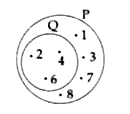
(i) P (ii) Q (iii) P∪Q (iv) P∩Q
View SolutionFrom the adjoining Venn diagram , find the following sets :

(i) P
(ii) Q
(iii) P∪Q
(iv) P∩Q
View SolutionFrom the adjoining Venn diagram , find the following sets :

(i) A (ii) B (III) A∪B (iv) A∩B
View SolutionFrom the adjoining Venn diagram , write the following sets : (i) A (ii) B (iii) C (iv) A∪B (v) A∩B (vi) B∪C (vii B∩C (viii) A∪C (ix)A∩C
Also verify that :
(i) n(A)+n(B)=(A∪B)+n(A∩B)
(ii) n(B)+n(C)=n(B∪C)+n(B∩C)
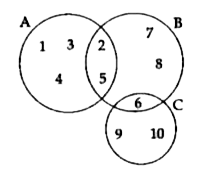
View SolutionIn the adjoining Venn diagram , A∪B is
View SolutionFrom the adjoining figure, find :
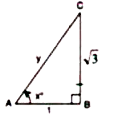
x∘
View SolutionFrom the adjoining figure, find :

x∘
View SolutionFrom the adjoining figure, find the value of x.
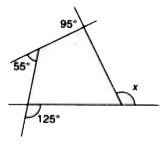
View SolutionFrom the adjoining figure, find :
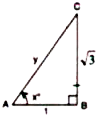
tanx∘
View Solution
